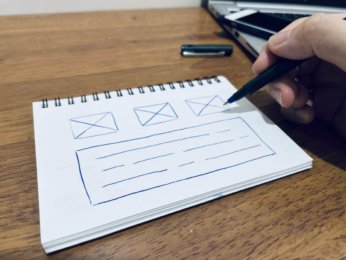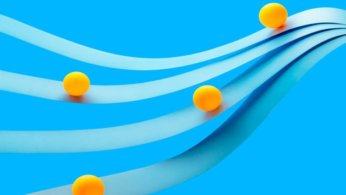As an online business, your website is a powerful asset and you need it to make a good first impression. By getting up to speed on the latest web design trends, you’ll be on your way to converting one-time browsers into loyal repeat visitors and paying customers. To set your website up for success, here are four WordPress web design trends to follow.
Why it’s important to follow web design trends
When designing a website, there’s always a temptation to stand out by creating something unexpected. While defying expectations may sound like a good idea, unique sites often struggle to provide a strong user experience (UX).
Web design trends exist for a reason. Usually, they represent the most popular and widely used approaches at the current time. Follow these trends, and visitors will immediately know how to interact with your site.
This isn’t to say you can’t bend the rules and inject some of your personality and brand identity into your website. However, before you can get creative, it’s helpful to have a solid understanding of what’s popular in the world of web design.
Four WordPress web design trends to keep an eye on
When it comes to web design, we’ve tracked the latest trends. To keep your website relevant, here are four of the most important developments.
1. Flexible multi-purpose themes
Multi-purpose themes enable you to build practically any kind of website. They often include extensive feature lists and multiple built-in tools. Some popular examples of multi-purpose WordPress themes include Divi and the Avada theme.
Multi-purpose themes are ideal for anyone who owns several websites. Instead of purchasing a different theme for each site, you can use a single multi-purpose theme across all of your domains.
In this way, using multifunctional designs can enable you to solidify your branding and give your entire portfolio a professional makeover.
2. Minimalism and white space
Sometimes less is more. If you take a look at some of the top brands, you’ll see that many websites include white space in their designs. This design trend involves using large white sections between text and images.
White space can create a distinction between different sections. In turn, this can help visitors better understand your content.
If you really want to draw the visitor’s attention towards a particular feature, try creating a slight 3D effect by adding subtle shadows. This technique is also useful for ‘softening’ a page that uses lots of contrasting white space and colourful elements.
Read more: Four WordPress web design trends to follow









